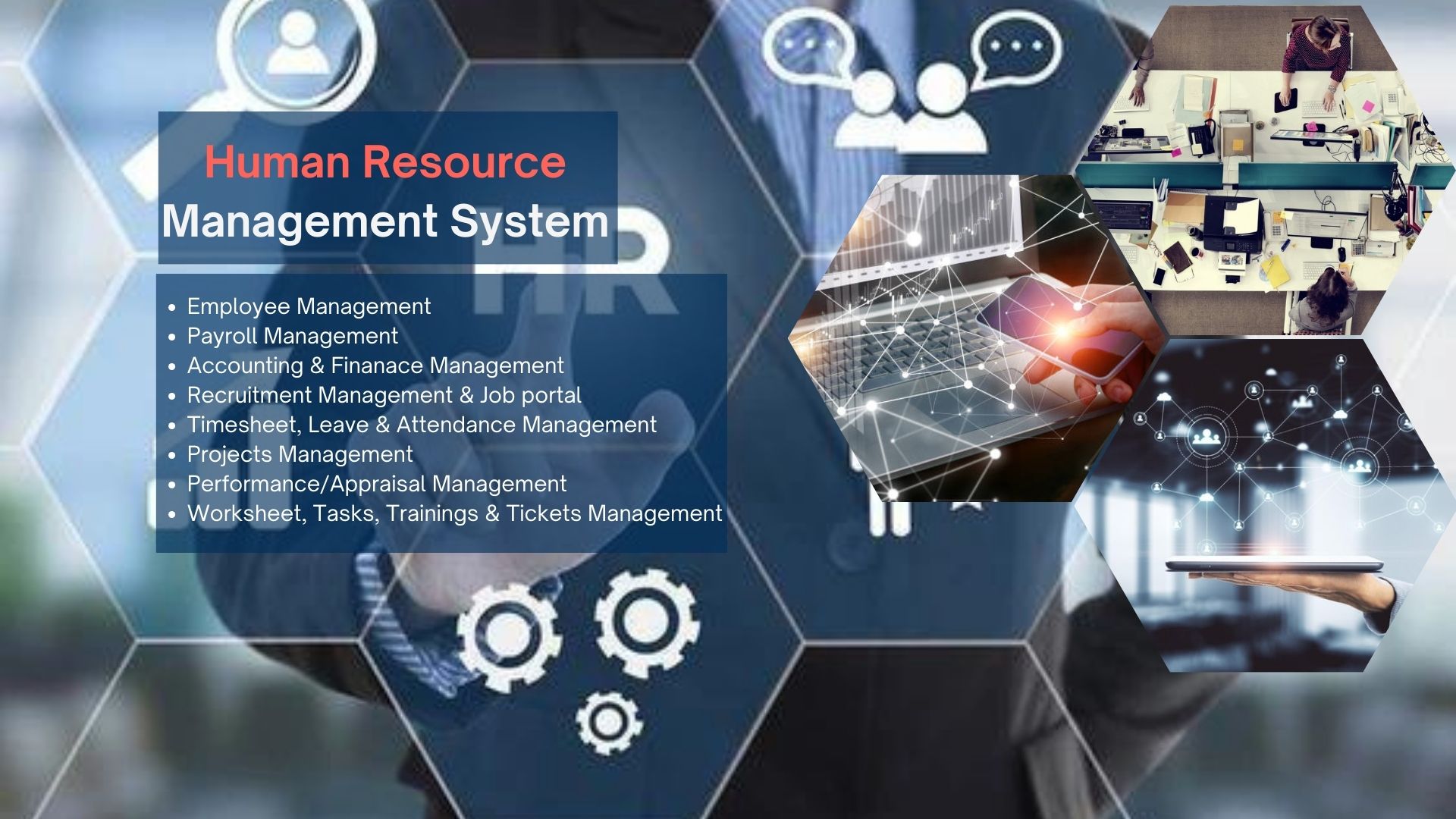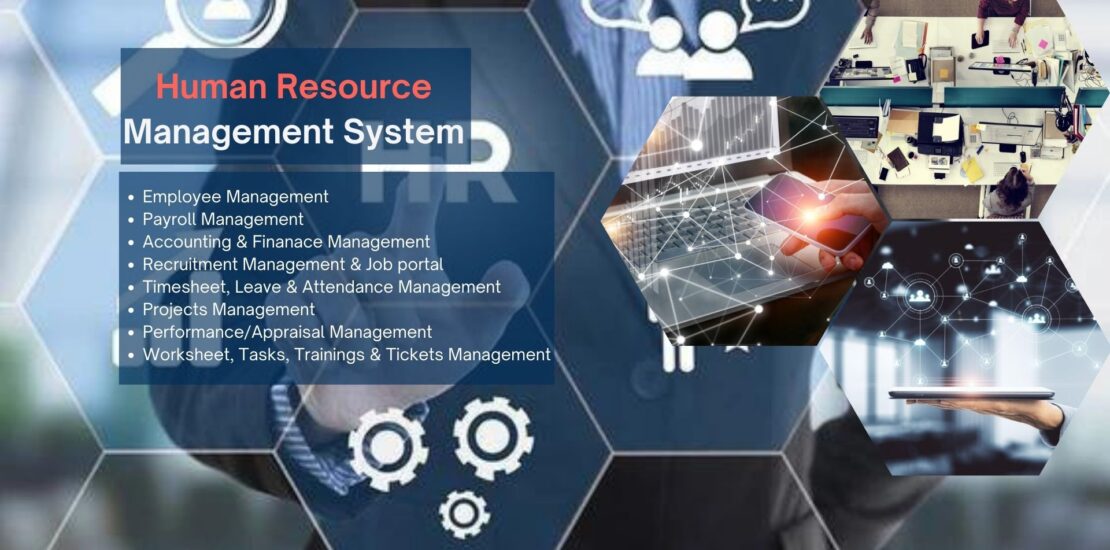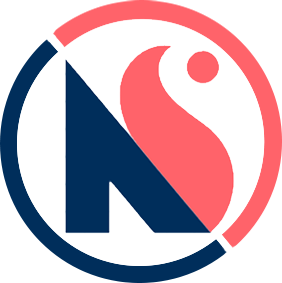
Top 10 Best Human Resource Management Systems HRMS Software For 2024
- December 25, 2015
- Posted by: pm_developer@yahoo.com
- Category: Human Resource Management Software

A great human resource management software (HRMS) can help HR and IT teams manage their workloads more effectively. Many businesses choose to use HRMS to help these two departments communicate effortlessly.
HR jobs have become more sophisticated as remote work has become a more common business model. HR must be more involved with potential and present workers throughout their interactions with the organization. From recruiting to hiring, training, and continuous reviews, the labor required for these responsibilities makes HR management software an essential addition to the team.
What Is HRMS?
HRMS integrates systems and processes that link human resource management and information technology via HR software. An HRMS performs a variety of services that can assist HR with applicant selection, payroll management, and overall employee information upkeep within the organisation.
The HRMS handles the more monotonous, repetitive, and time-consuming HR activities, freeing up the team’s time to focus on other important responsibilities. With the HRMS handling the more mundane chores, human resources managers will have more time to focus on the company’s culture, employee retention, and other critical areas.
What’s the Difference Between HRMS and HRIS?
The terms HRMS and HRIS are used interchangeably. HRMS is the umbrella word for all HR management software, whereas HRIS is a kind of HRMS. What is the difference between the two?
With all of the schematics and technicalities out of the way, there is no functional difference between the solutions supplied by HRMS and HRIS. Previously, HRMS was a more comprehensive automated solution for human resource management than HRIS software, but this is no longer the case. Many companies have rebranded to the point where the two are almost indistinguishable. There are some noteworthy variations between HRMS and HRIS, yet they both function similarly.
HRIS Main Functions
An HRIS is intended to track numerical data and personnel information, such as schedules or social security numbers. It is also used by human resources departments to manage their policies, procedures, and employees. HRIS is often used for the following tasks:
- Reporting
- Training
- Recruiting
- Compensation
- Benefits administration
- Data tracking
- Workflow automation
- Accounting functions
HRMS Main Functions
HRMS is more robust and combines IT and HR management technology. It works with the same information as HRIS and HCM (Human Capital Management) software, as well as non-quantitative data. Unique HRMS features include:
- Onboarding
- Employee satisfaction
- Job performance
- Analytics
- Profitability
How Can HRMS Software Benefit an Organization?
Few organisations in any field have prospered without some form of HR automation in place. Mobile accessibility has changed modern HR departments, putting information and task management at managers’ and employees’ fingertips.
HRMS software may assist both major corporations and small businesses accelerate their growth and productivity. Some additional advantages that an organization can find when employing an HRMS platform are:
- Employees can input their personal information by themselves
- HRMS comes with built-in security like authentication measures
- HRMS is customizable to fit the needs of the user and organization
- HR managers can schedule automated reminders and emails ahead of time.
What Are the Common Functions of HRMS Systems?
The human resources department is responsible for tracking employees’ histories, skills, abilities, pay, and successes. Replacing some of these processes with HRMS systems allows for the distribution of these activities, preventing HR from being solely responsible for acquiring this information.
Each module has a distinct purpose inside the HRMs, assisting with information collection and tracking.
Managing Payroll
Payroll is one of the most crucial components of any business. To calculate payroll, an HRMS can combine payroll operations with time and attendance, scheduling, and other data collecting. This makes it easy to process payroll. Combining all of these eliminates the need for extra data entry.
Recruitment and onboarding
HRMS offers pre-built onboarding checklists, forms, and templates, allowing HR professionals to develop a consistent and efficient onboarding process. Furthermore, HRMS may review your employees’ present characteristics and apply that information to a pool of candidates to discover the best fit.
Tracking Attendance
Attendance management was integrated into HRMS features to assist remote organizations and employees in tracking their time. Employees can post their availability, remotely check in or out of work, and request time off all in one spot.
Employee Self-Service.
Employee self-service enables employees to handle a variety of HR and job-related duties. Employees can alter their personal information, view their calendar, and submit time-off requests, so HR doesn’t have to do it themselves. While they may need permission or approval, it is far easier to do it online through a request rather than in person.
Benefits Administration
HRMS provides customizable solutions for benefits open enrollment and maintenance. This enables companies to establish rules such as auto-enrollment, tax percentages, dependent kinds, and benefit tiers. Employers can also customize the accessible benefits and permissions, giving them additional control.
How Can You Keep Your HRMS Secure?
Security is one of the most important considerations when deciding which HRMS is appropriate for you. The information saved in an HRMS is highly sensitive, so firms must choose a solution that uses a secure transmission mechanism such as SSL. SSL encrypts data sent over the internet.
Passwords should be used to protect information, with varied levels of access depending on the situation. Employees must appreciate the significance of upholding integrity and security when using an HRMS. Safeguards should also be in place to swiftly deny terminated staff access to the systems.
What Needs an HRMS Address?
Before deciding which HRMS to utilize, the team must first analyze the company’s demands as well as its long-term and short-term goals. Involving HR specialists throughout the process is critical to the project’s and company’s success.
Signs Your Company Could Need an HRMS
It is critical to be honest about your company’s performance in order to identify which HRMS will be most beneficial to you. Some factors to consider when determining if your firm requires an HRMS include:
Your HR department is overburdened and does not have time to complete all of its tasks.
Your organization is losing sales and money due to HR data/compliance problems.
Your workplace is dispersed across numerous sites and lacks a unified platform to link them with a direct supervisor.
You lack the measures to control disengaged employees or have no means to track the reasons for employee turnover.
Your employees do not have the obligation or chance to manage their own performance appraisal.
Which HRMS software system is best for you?
Nizi Solutions can assist you in quickly and easily locating an HRMS that meets your requirements. Nizi options simplifies your search by doing all of the heavy lifting and providing you with a short list of highly compatible options. If you’re ready to start looking for the top HRMS vendors for your company, head over to our HRMS software providers page. Also, we can assist you if you require free HRMS software solutions.

